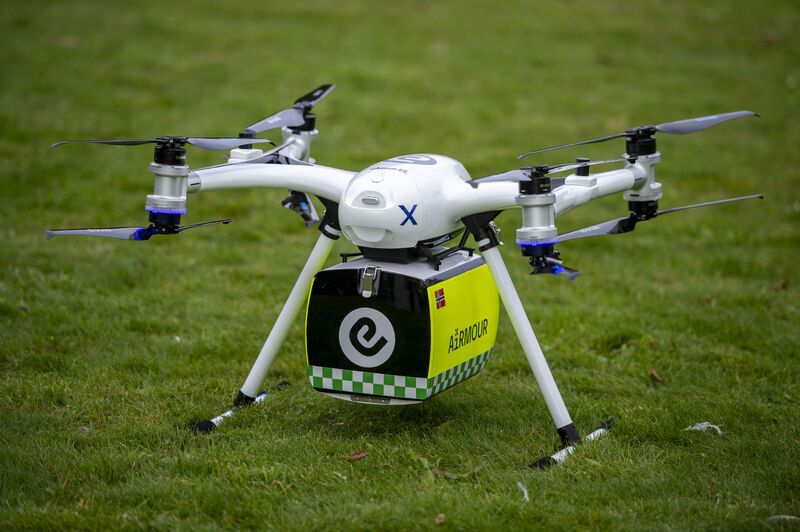The SESAR AiRMOUR research project has released the results of a comparative cost benefit analysis (CBA) of manned and unmanned Emergency Medical Services (EMS).
AiRMOUR Deliverable 5.3 providing a comprehensive understanding of the economic, operational, and societal implications of utilizing UAM in EMS. The study identifies and quantifies the direct and indirect costs associated with UAM and traditional EMS operations, evaluates their benefits, compared safety records, discusses social and ethical implications, and provides actionable insights for potential UAM adoption.
The research concluded that both Drone EMS delivery and eVTOL UAM EMS operation offer promising alternatives to traditional EMS delivery and HEMS operation respectively. While the initial investment in technology and infrastructure for these services can be higher than their traditional counterparts, the operational cost per mission and per minute of flight time can be considerably lower. This is largely due to the absence of crew costs and the lower fuel consumption of drones and eVTOLs.
However, the research also highlighted several challenges, including the immaturity and less widespread implementation of the technology, issues of privacy, noise pollution, and job displacement. Despite these challenges, the cost-benefit analysis suggests that the benefits of drone EMS delivery and eVTOL UAM EMS operation could potentially outweigh the costs. As technology advances and regulatory frameworks adapt, these innovative methods of EMS delivery could revolutionize the field, providing faster, more efficient, and potentially more cost-effective solutions.
The research recommends careful planning, strategic investments, and a keen understanding of regulatory landscapes for organizations looking to invest in or integrate UAM in EMS operations. Policymakers should develop clear regulations for the use of UAM delivery drones and eVTOLs in EMS services, addressing privacy, noise pollution, and safety issues. Infrastructure and technology investments are key, and public trust in these new technologies will be paramount for their adoption.
In conclusion, the integration of UAM in EMS operations is a complex yet rewarding endeavour. It requires strategic planning, significant investments, and a deep understanding of the regulatory landscape. However, with the right approach, it can revolutionize the EMS sector, providing faster, more efficient, and potentially more cost-effective solutions.
Read the report here
For more information visit:
www.airmour.eu




